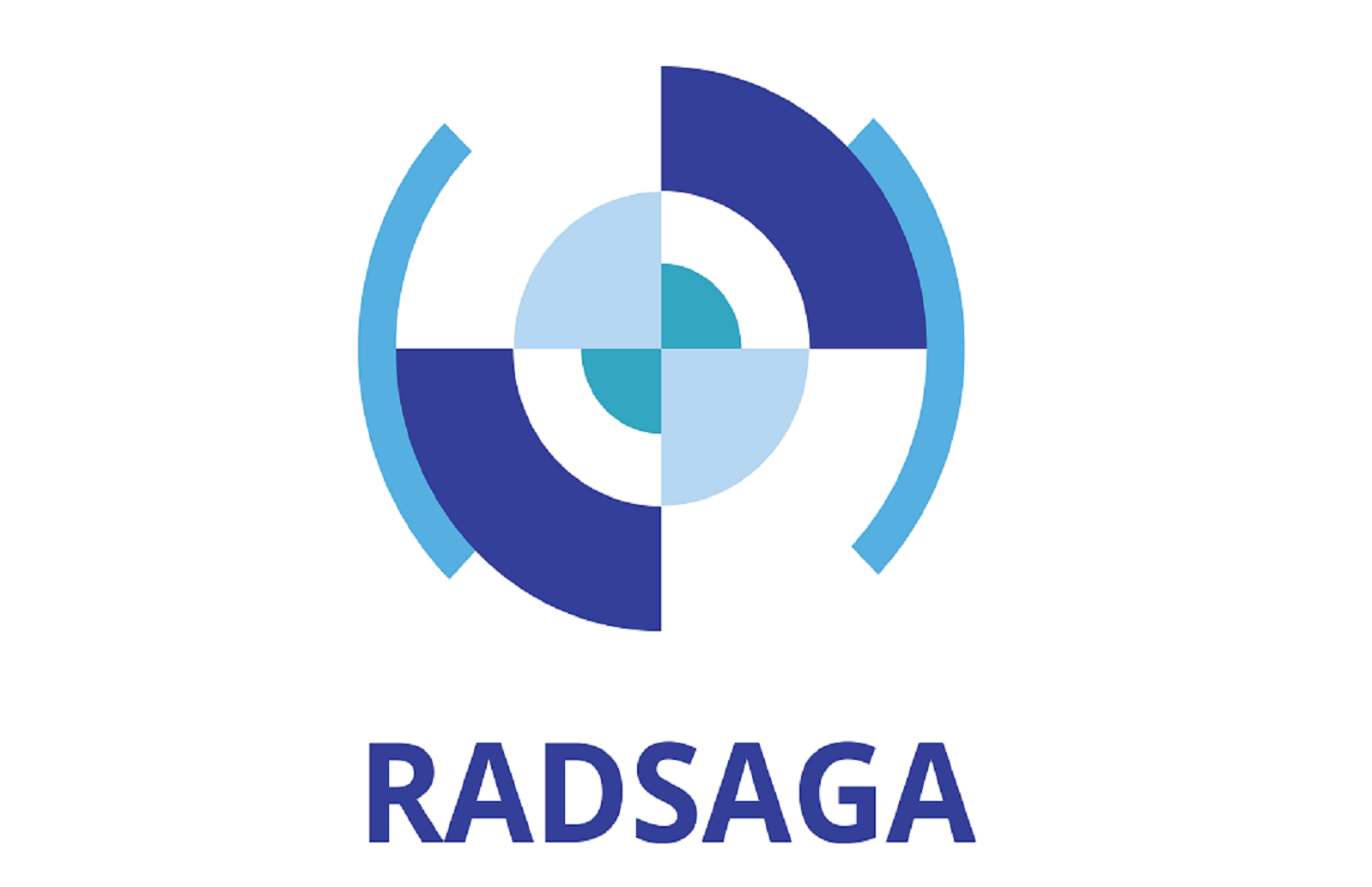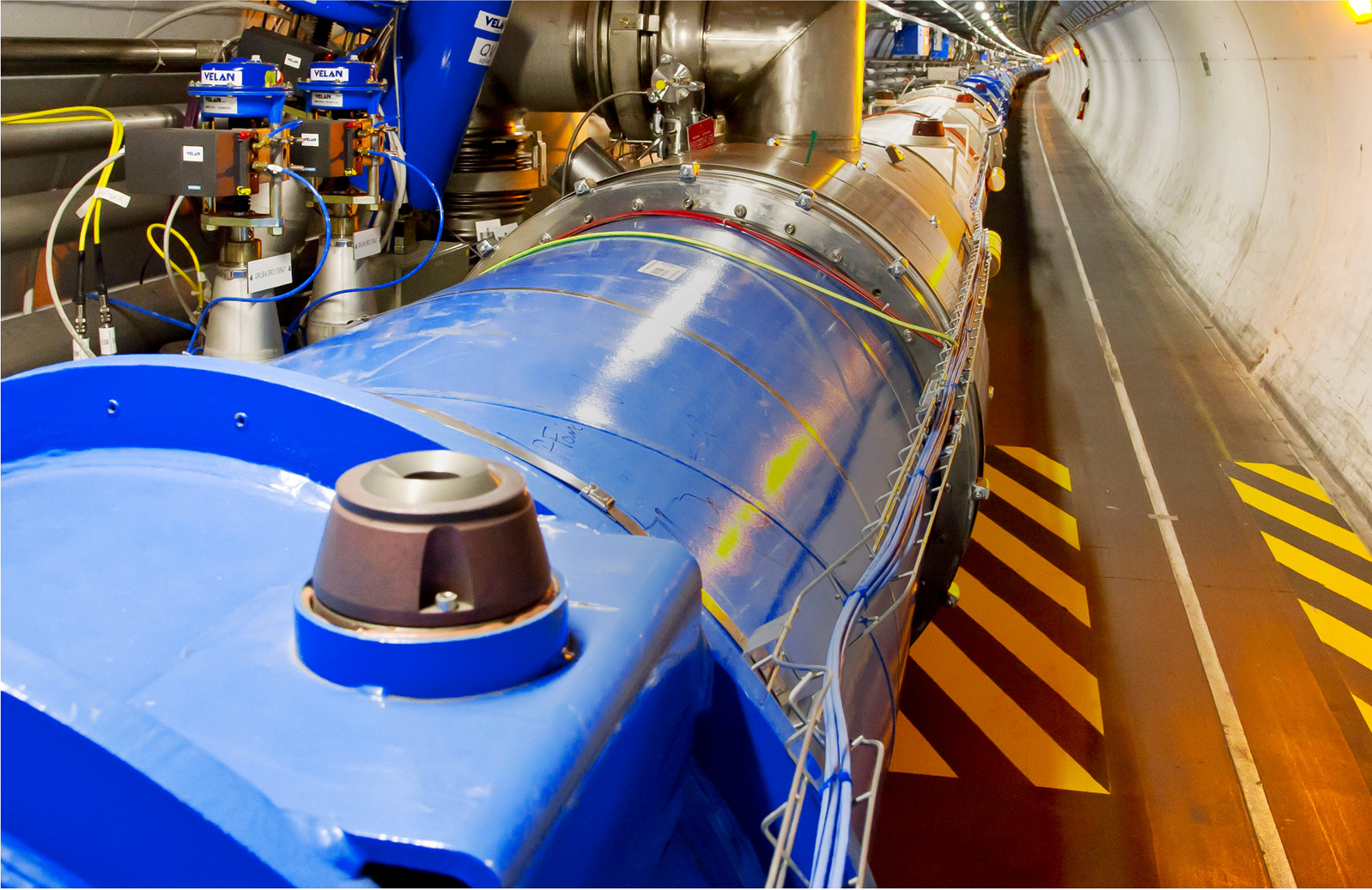Short abstract:
The objective of this PhD is to determine an optimal strategy of radiation tests for full System-In-Package (SiP) modules or Individual PCBs with facilities available in the RADSAGA consortium. This study will be performed by obtaining radiation results on two SiP modules which will be entirely developed and manufactured in the frame of this thesis. These SiP modules will profit from some of the dedicated chips developed in other PhD projects within the ITN, such as the SRAM radiation detector of ESR5 which could be integrated in a package with an SEU-counting processor; the time-based signal processing chip of ESR6 which could be integrated with a sensor module or the image sensor of ESR11 which could be integrated with a processor unit. Progress made in this ESR will result in a novel strategy for SiP and PCBs radiation characterization (so far only available at component level) and will be integrated in the guideline document of ESR15. .
Long abstract:
3D PLUS technology is based on the stacking of PCBs equipped with COTS components. These components are generally not hardened against radiation as encountered in a space environment (SEE, SEL, TID with heavy ions, electrons, protons).
In order to guarantee the radiations tolerances of our final product, it is mandatory to define and validate the radiation hardening strategy, taking into account that the components can be sensitive to cumulative radiation dose or may react to SEE. This implies that also the study of combined effects in PhD project WP1.3 on mixed Field and special radiation environments and effects will be of interest for this subject.
Until now, a first strategy of mitigation techniques has been implemented in order to try to cancel these effects at 3D module level and will be further developed in this thesis project. The next step is to perform radiation tests followed by electrical tests in order to evaluate radiation effects and then to confirm the positive effects of the applied mitigation techniques. Some radiations tests will also be performed at PCB level in order to link the individual radiation results to those of the complete 3D module.
In this context, the objective of this PhD is to determine an optimal strategy of radiation tests for full System-In-Package (SiP) module or Individual PCBs with facilities available in the RADSAGA consortium. Even if such an approach would for space missions not fully replace the way the radiation risk assessment is performed (since it can only be performed once the equipment is available), it will be an interesting option to validate the selected components, architecture choices, and implemented mitigations measures, etc. The main points to be addressed are:
- How to test a complete 3D SiP module?
- What is the test methodology to be applied when testing complete SiPs?
- What is the accuracy/relevancy compared to risk assessment based on device testing?
The respective objective is to define a global radiation qualification strategy specifically for 2 SiP modules which will be developed in the time-frame of this thesis. The project will focus in particular on one analog and one digital module to be developed by 3DPlus within the project time-frame. These SiP modules will profit from some of the dedicated chips developed in one of the other PhD projects within the ITN, such as the SRAM radiation detector in WP1.5 which could be integrated in a package with a SEU-counting processor, the time-based signal processing chip which could be integrated with a sensor module or the image sensor which could be integrated with a processor unit.
Thanks to the large panel of radiation facilities involved in this project and the high level of radiation competences, this thesis will have great added-value for 3D PLUS.
Deliverable & Milestones Lists:
- Report on the radiation tests strategy for the SiP modules.
- Report on the radiation tests results for the SiP modules.
- Radiation tests strategy for SiP modules.
- Radiation tests results for SiP modules.
Beneficiary:
3D Plus
Supervisor:
Prof. Frédéric Saigné (University of Montpellier), Dr. Pierre Wang (3D Plus)
Co-supervisor:
Prof. Ari Virtanen (Univeristy of Jyväskylä), Prof. Alessandro Paccagnella (University of Padova)
Planned secondments:
[total: 8 months]: UM (Dr A. Touboul): [4m] For radiation effects and test setup training; JYU (Dr H. Kettunen), CERN (Dr S. Danzeca) and PSI (Dr W. Hajdas): [2m] For facility training, test preparation and ion, gamma and proton irradiations, as well as dedicated full system tests in representative environments (CHARM); UniPD (Dr A. Paccagnella): [2m] For further radiation tests and memory technologies
Position has been appointed to Tomasz Rajkowski. Click here for Profile.




